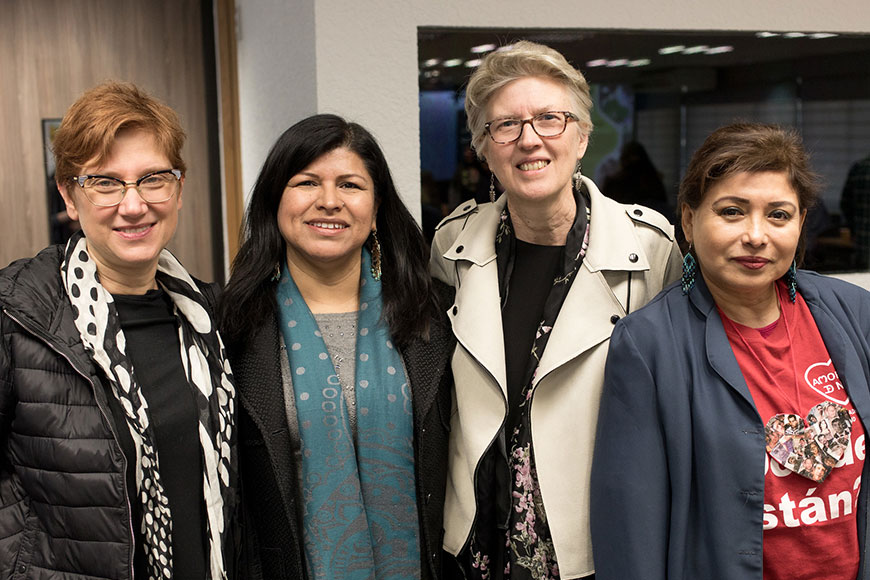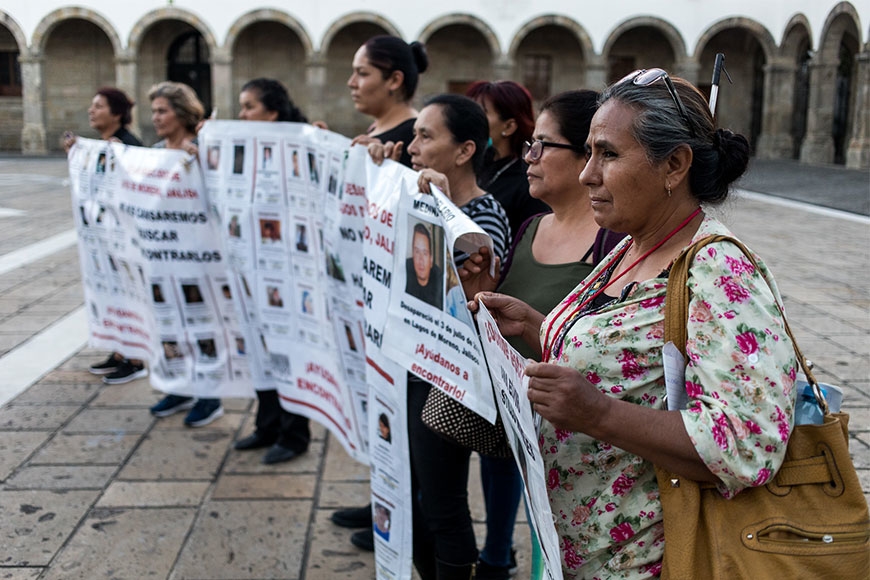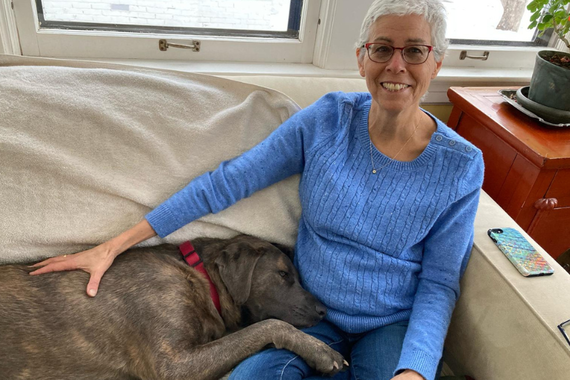Mexico’s Cautionary Tale Against Impunity
Imagine that after months of tirelessly looking for work, you are finally offered a job. The offer even comes with free transportation. Someone has picked you up as promised and you are on your way to work. Only, you realize too late that this ride is not what it seems.
You do not arrive at your intended destination. Instead, you are brought to an unknown place in the middle of nowhere and suddenly forced to take part in a network of slave labor. The worst part: the authorities, even your government, refuse to investigate and even imply that you have criminal connections, leaving you kidnapped and waiting for someone to find you. Your family doesn’t know where you are or what has happened.
Since 2009, over 61,000 people have disappeared in Mexico with little to no investigation into what happened. The unsupported explanation that the Mexican government spun instead was that these disappearances were solely connected to fights between drug cartels. However, many families of the disappeared would argue that something more sinister occured.
To support the victims and their families and to uncover the truth, many people and organizations dedicated to human rights have spent years unveiling the true narrative. One such person is University of Minnesota Human Rights Program Director Barbara Frey, and her work, along with the work of her colleagues, is helping reveal what really happened to these disappeared people.

The Observatory
To combat the violation of human rights, Frey and her colleagues created the Observatory on Disappearances and Impunity in Mexico in 2015. The Observatory is a research collaboration of faculty and students of the University of Minnesota, Oxford University, and the Latin American Faculty of Social Sciences (FLACSO-Mexico). They created it to address the lack of information about and government response to the forced disappearances taking place throughout Mexico. The Observatory’s founders hope to increase public knowledge and awareness about this issue which in turn will help prevent more disappearances and impunity.
The Observatory works to build databases of information related to the cases in several Mexican states. FLACSO-Mexico, for example, worked with non-governmental organizations (NGOs) to code files from disappearance cases they were investigating. Mexican student researchers entered information about the person’s disappearance, from their gender and age to the circumstance of the disappearance.
Using this data, they were able to disprove the narrative the government was pushing that made these victims seem like criminals. They discovered that most of the victims had no connection to any organized crime and actually had been forced into slave labor. Many of the cases had an identifiable state actor involved, typically a local police official, and while there were cases carried out by criminal cartels, there was often a form of governmental consent for the disappearances.
Frey’s team from the University of Minnesota is focused not on collecting the confidential facts of each case, but rather on documenting how the press represents the cases. They searched for news articles related to the disappearances in six different states, especially any articles that mentioned names of the disappeared. So far they’ve collected and organized information from these articles from four of the six states and have been able to see patterns with this information. For example, they have analyzed how the media tends to frame disappearances by using words connecting the victims to organized crime. They have also demonstrated the lack of follow-up by the press on any criminal investigations in the cases.
They’ve also looked at how the narrative has started to change as more NGOs have begun working with the press to represent these stories in a more factual light and negate the idea that all the victims were criminals.
Ultimately, Frey hopes the efforts of the Observatory will turn these cases into a form of what she calls “historical memory work.” This means having a collection of information available for people in the future to understand what happened during this critical period in Mexico. Historical memory work also provides a way for families to document and remember their loved ones for who they were as people. Frey explains, “There are some great efforts through which families of the disappeared are able to write stories about their loved one as a human being and not just a victim, so they’re not just a statistic.”
Digging Deeper
In addition to her contributions to the Observatory, Frey has also been working on another project related to these disappearances. She received a Fulbright grant to assess the impact of a new national law in Mexico that would finally address the disappearances, and in fall 2019, she stayed in Mexico for six months to work on this project.
The new law is titled the General Law on Disappearances and was adopted in December 2017 after families of the disappeared pushed for a comprehensive law regarding these disappearances. At that point, it had been almost a decade since the disappearances and human rights violations first began, and families wanted support from the government to search for their loved ones. The general law created a national search commission, as well as local search commissions in all 32 Mexican states.
Frey’s work assessed how well the law was being implemented. She interviewed some of the leaders of the state search commissions in order to gather information on how the commissions operated and what steps they were taking to search for the disappeared.
She also looked at the priorities of these search commissions, given the large number of disappearances spanning over a decade. Would they prioritize the newest cases that would have the most information? Or would they prioritize the oldest cases that lacked information and involved meticulous exhuming of mass graves where “bodies [had] been partially destroyed and thrown in together with other bodies?” After all, these families have been waiting years for answers.
Next Steps
Now that substantial data has been gathered through both the Observatory and Frey’s 2019 project, the next step is to publicly release the information. Frey will be launching the Minnesota team’s press database this summer as a research tool for others who are interested in the issue of enforced disappearance.
It will be made up of five different downloadable databases: four state databases (Coahuila, Guerrero, Jalisco, and Nuevo Leon) and one collective database. In addition, the Minnesota team will release its coding manual, which explains the variables in their database, as well as their criteria for evaluating press articles.
Lastly, they will have a dedicated webpage on the Human Rights Program's website with an overview of what the Observatory is and what its goals are. She is hoping that, by making this information public, it will be useful for the press, advocates, and other researchers.
The importance of this research and raising the visibility of this issue lies in Frey’s own words. “If it can happen in Mexico, it can happen in a lot of places.” Generally, this crime is associated with authoritarian governments, but Mexico is post-authoritarian. It is a functioning democracy. “We need to recognize...these kinds of grave violations can happen in democracies...and there probably are things that are [already] happening.”
Frey’s message is that we cannot allow ourselves to “just forget these 60,000 people and pretend it never happened.” We cannot stop pressuring the Mexican government to investigate and prosecute these cases. If we do, then impunity will be allowed to continue not only in Mexico, but in other places like the US, criminalizing marginalized people and normalizing everyday violence.
This story was written by an undergraduate student in Backpack. Meet the team.



